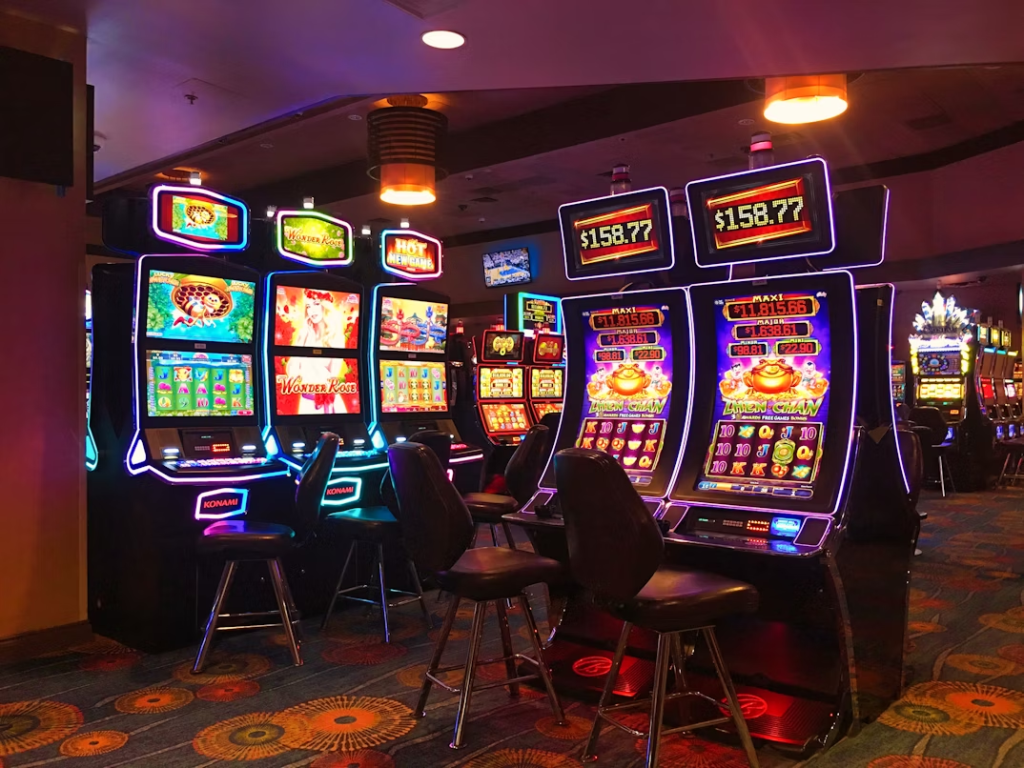For casual players, casinos are less about chasing jackpots and more about enjoying the experience. Whether at a physical venue or using an online platform, many players come across the term RTP, short for Return to Player, often marketed as a sign of fairness or potential winnings. However, RTP isn’t a guarantee of success, nor should it be mistaken for a tool for outsmarting the system.
Understanding RTP and how it interacts with other elements like volatility, bonuses, and game design can help players make more informed choices. The aim isn’t to beat the odds, but to ensure the time and money spent lead to a satisfying, well-paced gaming session.
What RTP Actually Means
RTP refers to the expected portion of total bets that a game gives back to players over time. It’s a long-term average, not a short-term prediction. For example, a slot machine with a 96% RTP means that, in theory, the game pays out £96 for every £100 wagered, when calculated across thousands or even millions of spins. Many of the best casinos with high RTP rates are known for giving players a better chance of taking home better returns. They also ensure players benefit from fast payouts supported by flexible transaction methods and generous bonuses across a wide variety of high payout games. However, having said that, there is more to RTP rates than many players are not always aware of.
It is important to recognise that RTP:
- It is calculated over time, not per session
- Reflects averages, not personal outcomes
- Does not predict when wins will happen
A player could spin once and win big, or play for hours without a significant return. RTP reflects average returns over time and should not be seen as a prediction of personal results.
Why RTP Still Matters for Casual Players
Even with its limits, RTP remains useful, especially for those who treat gaming as entertainment, not a hunt for major wins. Over time, choosing games with a higher RTP can help your money last longer and make each session feel more balanced. RTP is directly connected to the house edge. A game with 96% RTP has a 4% house edge. That 4% is the casino’s built-in advantage over the long run. The smaller the edge, the more value the game typically offers.
Small differences in RTP percentages can add up:
- A game with 96% RTP is statistically a better value than one with 92%
- The higher the RTP, the lower the house edge, so more of your stake is returned over time.
- This can lead to longer sessions and a smoother, more consistent pace
If the goal is to enjoy the gameplay itself, not just chase jackpots, those extra rounds can shift the whole experience. A few extra spins or hands might be all it takes to turn a short session into a satisfying one.
RTP Has Value, but Within Limits
RTP is a helpful filter, but it should never be the sole basis for selecting a game. The design, pace, and interactivity of a game also matter, particularly when the goal is enjoyment, not financial gain.
Choosing games with competitive RTP values can result in:
- More spins for the same bankroll
- A slower rate of loss over time
- Higher chances of encountering bonus features
That said, focusing exclusively on RTP may lead you to overlook games that offer strong engagement or fun features. Use RTP as one of several factors to guide your decision, not the only one.
Volatility: The Other Side of the Equation
Equally important is volatility, which refers to how wins are spaced out. Two games with the same RTP can feel entirely different depending on how payouts are distributed.
- High volatility: Bigger wins, less often
- Low volatility: Smaller wins, more frequently
- Medium volatility: A balance of risk and return
Players who enjoy a thrill and can tolerate long gaps between wins may prefer high-volatility games. Those seeking longer, more stable sessions may opt for lower volatility. RTP shows the average return over time, while volatility reveals how that return is delivered during gameplay. Together, they give a clearer idea of how a game might play out.
How to Select Games with Favourable RTP
Online casinos are generally more transparent about RTP than land-based venues. Many include RTP details in the game’s description or help section. Use this to your advantage.
Steps for selecting wisely:
- Choose games with RTP above 96%
- Avoid those under 92%, which tend to deplete funds faster.
- Look for RTP information in the game’s settings or info panel.
- Research titles in advance using trusted comparison sites
- Be aware of multiple RTP versions of the same game, some casinos offer lower-payout variants of popular titles.
When comparing two games with similar themes or mechanics, favour the one with the higher RTP if all else is equal.
Don’t Ignore the Entertainment Factor
It’s worth noting that the highest RTP game might not always be the most enjoyable. Some lower-RTP games offer compelling themes, well-executed graphics, or creative bonus rounds that justify their place in a casual gaming session.
A 95% RTP game that keeps you engaged and relaxed for an hour may offer better value in terms of experience than a 97% RTP game that feels dull or overly technical. Balancing return potential with entertainment value is essential for players looking to unwind, not to strategise for profit.
Responsible Play and Budget Awareness
One of the simplest ways to maximise enjoyment, regardless of RTP, is to approach casino gaming with structure and clear boundaries.
Guidelines to consider:
- Set a spending limit before you begin
- Decide on a time cap for your session.
- Don’t exceed either, even if tempted.
- Use bonuses mindfully, especially those with wagering requirements.
- Avoid chasing losses, which often leads to frustration.
RTP and volatility only matter if you’re playing within limits that allow you to enjoy the session fully. Casino games are designed to entertain, lean into that, and let numbers guide rather than dominate your experience.
Conclusion
Return to Player (RTP) isn’t a promise of winning, it’s a way to compare games and understand long-term value. It works best when considered with things like volatility, game design, and personal taste. For casual players, knowing how these elements work together leads to smarter choices and a better experience. A successful casino night isn’t just about payouts, it’s about managing time, expectations, and enjoyment. RTP is just one tool to help with that.



